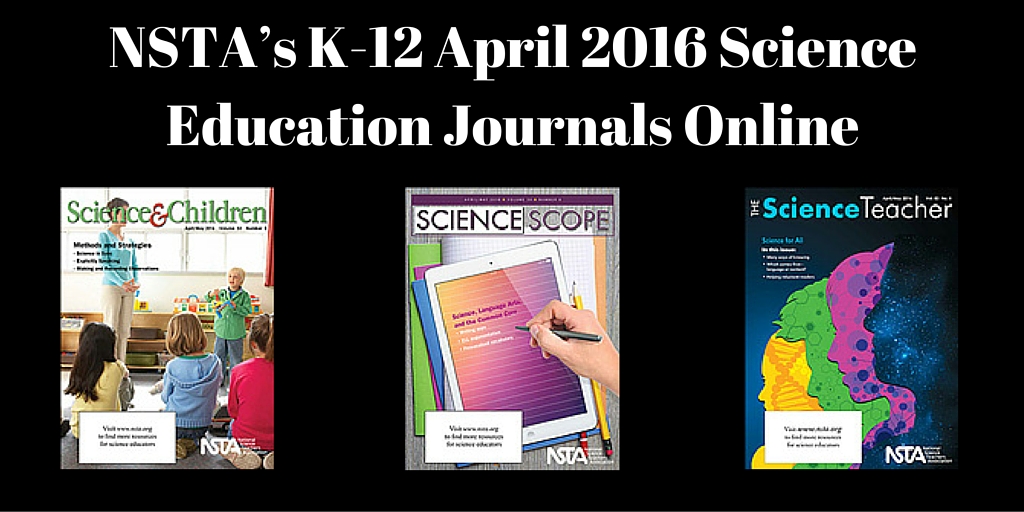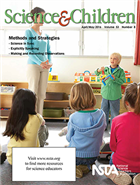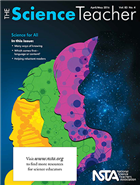NSTA’s K-12 April 2016 Science Education Journals Online
By Korei Martin
Posted on 2016-04-04
Want your elementary students to think, read, and write like scientists? Want to take advantage of the emergence of tablets in the classroom? Wondering how you can teach science to a classroom full of students with different backgrounds and socioeconomic status’s? The April K–12 journals from the National Science Teachers Association (NSTA) have the answers you need. Written by science teachers for science teachers, these peer-reviewed journals are targeted to your teaching level and are packed with lesson plans, expert advice, and ideas for using whatever time/space you have available. Browse the April issues; they are online (see below), in members’ mailboxes, and ready to inspire teachers!
Applying multiple disciplines to science practices facilitates learning and addresses misconceptions. The methods and strategies in this issue of S&C will help your students to speak, think, and write like scientists.
Featured articles (please note, only those marked “free” are available to nonmembers without a fee):
- Science in Sync
- Meta-Sticks
- Making and Recording Observations
- How About Teaching Literacy With Science?
- Explicitly Speaking
- Free – Editor’s Note: Developing a Curriculum
- Free – Addressing Student Diversity and Equity
- Full Table of Contents
Tablets are quickly becoming the new notebook in classrooms, and the apps available today can help students create, collaborate, and communicate in new and exciting ways. Learn how to use these tools and other teaching strategies to connect science to language arts and the Common Core in this issue of Science Scope.
Featured articles (please note, only those marked “free” are available to nonmembers without a fee):
- Personalized Vocabulary Learning in the Middle School Classroom
- Naming the Solar System: Implementation of Vocabulary Strategies to Improve Scientific Literacy
- Making Science Real: Supporting English Learners in Argumentation and Exploration Through Authentic Tasks
- Light, Color, Vision, Optics! A Text Set for Grades 6–8
- Free – Editor’s Roundtable: Moving Beyond Traditional Science Writing
- Free – Addressing Student Diversity and Equity
- Full Table of Contents
This issue marks our 21st consecutive spring issue devoted to “Science for All.” Over these years this annual issue has presented ideas and teaching strategies for helping all learners find success in their science classes. A primary goal has been to provide instructional methods to help narrow persistent academic achievement gaps associated with ethnicity, socioeconomic status, gender, physical disabilities, limited English-language proficiency, and learning differences. Improving our schools and providing equitable education for all students must be among our country’s highest priorities.
Featured articles (please note, only those marked “free” are available to nonmembers without a fee):
- Many Ways of Knowing
- Helping Reluctant Readers
- Family Science Night
- Critical Response Protocol
- Free – Addressing Student Diversity and Equity
- Free – Which Comes First—Language or Content?
Get these journals in your mailbox as well as your inbox—become an NSTA member!
The mission of NSTA is to promote excellence and innovation in science teaching and learning for all.
Follow NSTA
Disclaimer: The views expressed in this blog post are those of the author(s) and do not necessarily reflect the official position of the National Science Teaching Association (NSTA).





